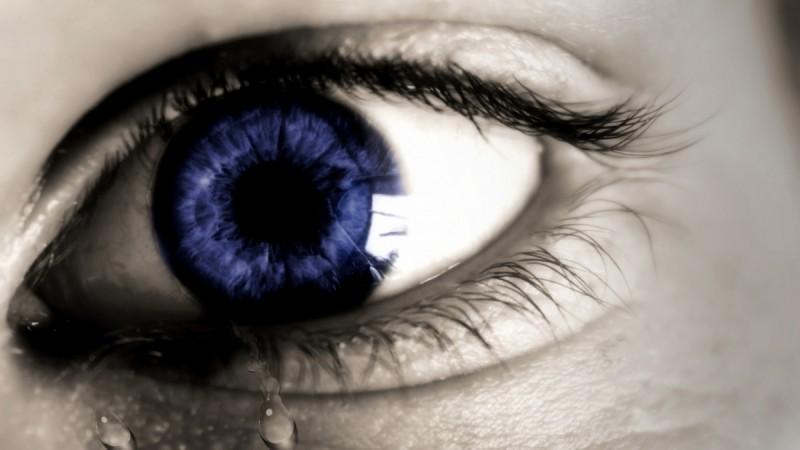
A team of Irish scientists has discovered a unique source of electricity. According to them, applying pressure to a protein found in milk, egg whites and tears can generate electricity -- a discovery that is expected to have many innovative applications in the future.
In their report, published in the journal Applied Physics Letters on October 2, the scientists from the Bernal Institute, University of Limerick (UL) in Ireland said that pressure generates electricity in crystals of lysozyme, a model protein that is abundant in egg whites of birds as well as in the tears, saliva and milk of mammals.
The ability to generate electricity by applying pressure is known as "direct piezoelectricity," which is a property of materials that are used in a variety of applications including resonators and vibrators in mobile phones, and deep ocean sonars. These materials can convert mechanical energy into electrical energy, and vice versa.
While the use of piezoelectricity is common, with objects like bone, tendon and wood are long known to possess the ability, the capacity to generate electricity from lysozyme had not been explored before, according to scientists.

"The extent of the piezoelectricity in lysozyme crystals is significant. It is of the same order of magnitude found in quartz. However, because it is a biological material, it is non toxic so could have many innovative applications such as electroactive, anti-microbial coatings for medical implants," Aimee Stapleton of UL and the lead author of the study, said in a statement.
This is not the first time when scientists have tried to understand piezoelectricity in biology. However, they have been using complex hierarchical structures such as tissues, cells or polypeptides for the same while "investigating simpler fundamental building blocks" can also help them get similar results.
Scientists now believe that the latest discovery will contribute towards further research in energy harvesting and flexible electronics for biomedical devices.
"Future applications of the discovery may include controlling the release of drugs in the body by using lysozyme as a physiologically mediated pump that scavenges energy from its surroundings," scientists said in the study.
















